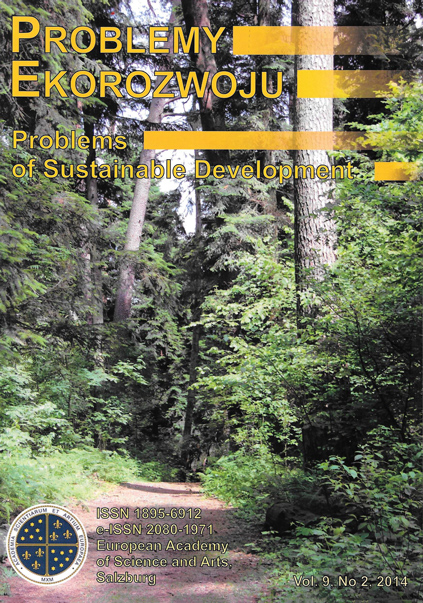Zboża – zdrowie czy choroba
Aleksandra Badora*a, Jolanta Kozłowska-Strawska*a, Jolanta Domańska*, Tadeusz Filipek*
*Department of Agricultural and Environmental Chemistry, aSub-department of Quality and Standardization of Plant Materials, University of Life Sciences in Lublin, 15 Akademicka Street, 20-950 Lublin, Poland
E-mail: aleksandra.badora@up.lublin.pl
Abstract
As a result of appropriate interference in the agro-ecosystems, a man can control their productivity and increase the amount of produced biomass, which can be utilized as food for humans, feed for animals, and raw material for many industries, including fuels. Such agriculture combines the laws of nature and human activity into a single coherent system. FAO has drawn attention to the idea of food security for a long time, because sufficient amount of healthy food is a prerequisite for life. The issue of genetically modified cereals not only to increase the yields, but also to stimulate the consumer’s appetite, is still little discussed. Pervasive promotion of cereals praised as a healthy food set the trends and fashions in diet and surrendered them the agricultural markets and production fields. Growing the alternative crops, among others the amaranth, shows agriculture as an economic activity that combines natural laws with human interference into a single coherent system operating in accordance with the principles of sustainable development. In this way, resources of arable lands are exploited in a sustainable manner. Moreover, amaranth grains due to the high nutritional value, especially in view of special characteristics of protein, fat, and starch, are becoming more and more popular among producers, consumers, and the industry. Therefore, the aim of this study was to evaluate the usefulness of the forgotten plant species – amaranth (Amaranthus cruentus L.) to measure the impact of its raw materials and products on human health and in the context of wheat and its processed products dominance on agricultural markets.
Key words: food security vs. health, wheat vs. health, gluten vs. health, amaranth as eco-product of a future, sustainable development and management of a field production
Streszczenie
W wyniku odpowiedniej ingerencji w agroekosystemy człowiek steruje ich produktywnością i zwiększać ilość produkowanej biomasy, która może być spożytkowana jako pokarm dla człowieka, karma dla zwierząt i surowiec dla wielu gałęzi przemysłu, z paliwowym włącznie. Takie rolnictwo łączy prawa przyrody i działalność człowieka w jeden spójny układ. FAO od dawna zwraca uwagę na ideę bezpieczeństwa żywnościowego, gdyż dostateczna ilość zdrowego pożywienia jest warunkiem koniecznym do życia. Jednak publicznie nie mówi się na temat zbóż zmienionych genetycznie nie tylko w celu zwiększenia plonów, ale również pobudzenia apetytu konsumenta. Wszechobecna promocja zbóż zachwalanych jako zdrowa żywność ustaliła trendy i mody w diecie oraz podporządkowała im rynki rolne i pola produkcyjne. Uprawa roślin alternatywnych, m. in. szkarłatu ukazuje rolnictwo jako działalność gospodarczą, która łączy prawa przyrody z ingerencją człowieka w jeden spójny układ działający zgodnie z zasadą ekorozwoju. W ten sposób eksploatuje się zasoby gruntów ornych w zrównoważony sposób. Ponadto nasiona roślin amarantusa (Amaranthus cruentus L.), z uwagi na wysoką wartość odżywczą, a zwłaszcza z uwagi na szczególne właściwości białka, tłuszczu i skrobi, cieszą się coraz większym zainteresowaniem wśród producentów, konsumentów i przedstawicieli przemysłu. Dlatego celem niniejszej pracy była ocena przydatności zapomnianej rośliny jaką jest amarantus pod kątem wpływu surowców i produktów uzyskanych z tej rośliny na zdrowie człowieka i w kontekście dominacji pszenicy i jej przetworów na rynkach rolnych.
Słowa kluczowe: bezpieczeństwo żywności a zdrowie, pszenica a zdrowie, gluten a zdrowie, amarnatus jako ekoprodukt przyszłości, zrównoważone zarządzanie jakością pół produkcyjnych
Problemy Ekorozwoju 9(2)2014: 87-98
